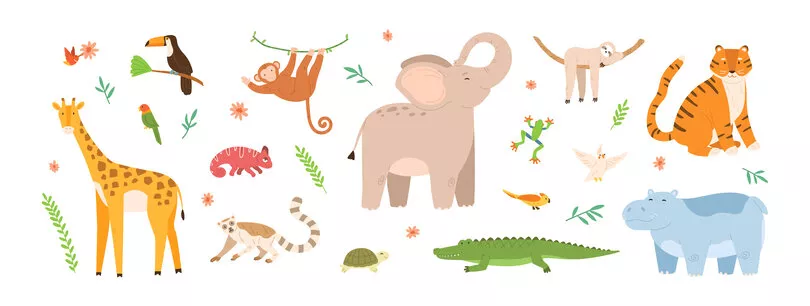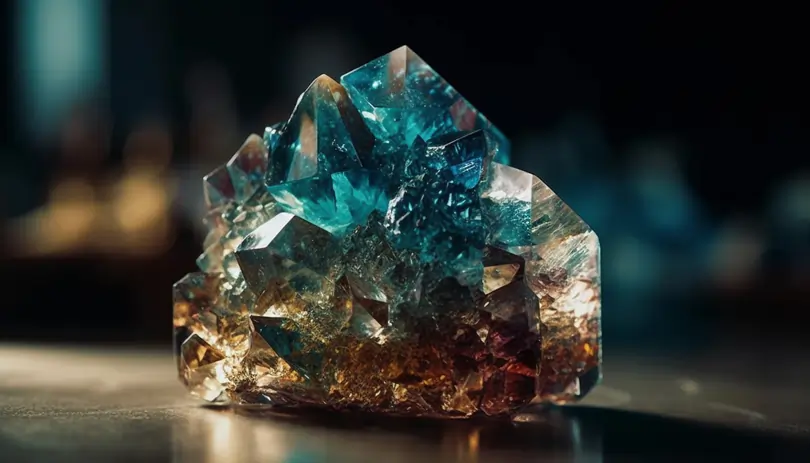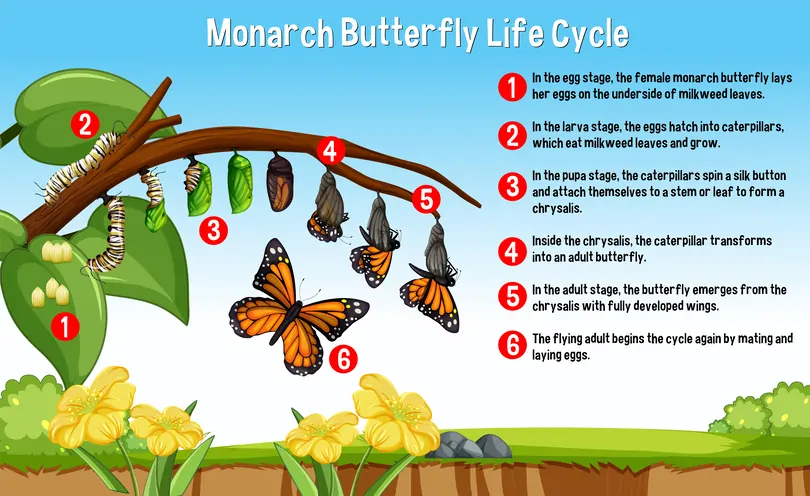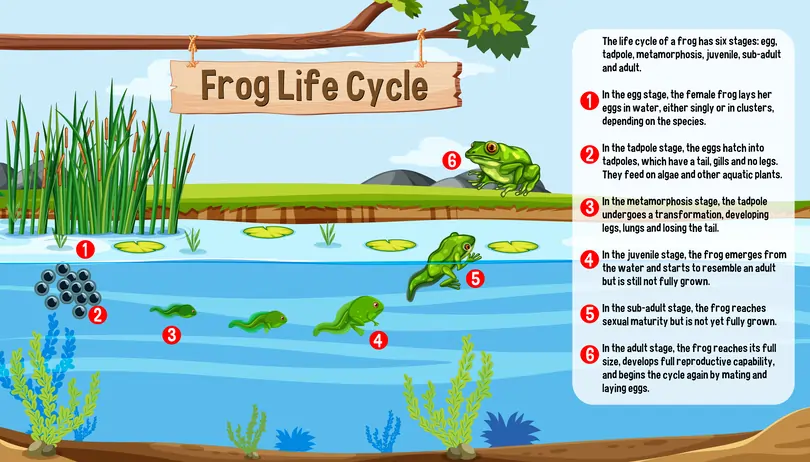Cold-blooded vs. warm-blooded animals: Understanding the differences and their significance

When it comes to the animal kingdom, there are two distinct categories based on how they regulate their body temperature: cold-blooded and warm-blooded animals. This fundamental difference has significant implications for their physiology, behaviour, and ecological roles.
In this article, we will delve into the characteristics of cold-blooded and warm-blooded animals, explore the reasons behind their temperature regulation mechanisms, and highlight the importance of this distinction in their survival strategies.
Defining cold-blooded and warm-blooded animals
Cold-blooded animals, scientifically known as ectotherms, are creatures whose body temperature is primarily determined by their surroundings. These animals rely on external heat sources, such as the sun or warm surfaces, to regulate their body temperature.
In contrast, warm-blooded animals, or endotherms, possess the ability to maintain a constant internal body temperature regardless of external conditions.
Examples of cold-blooded animals
- Reptiles: Snakes, lizards, turtles, and crocodiles.
- Amphibians: Frogs, toads, salamanders, and newts.
- Fish: Sharks, rays, eels, and most species of fish.
- Invertebrates: Insects, spiders, crustaceans, and molluscs.
Examples of warm-blooded animals
- Mammals: Humans, dogs, cats, elephants, dolphins, and lions.
- Birds: Eagles, sparrows, penguins, owls, and hummingbirds.
- Some Fish: Tuna, mackerel, and swordfish are warm-blooded exceptions among fish.
- Some Invertebrates: Certain species of insects, like bees and butterflies, have the ability to generate heat and regulate their internal temperature to some extent.
It's important to note that these examples represent a small fraction of the vast diversity of both cold-blooded and warm-blooded animals found in nature.
Adaptations of cold-blooded animals
Behavioural adaptations
Cold-blooded animals have evolved various behavioural strategies to regulate their body temperature. They bask in the sun to absorb warmth, seek shade or burrows to cool down, and adjust their posture to maximise or minimise heat absorption. By strategically positioning themselves, they can optimise their energy expenditure and ensure their survival in different environments.
Physiological adaptations
To cope with fluctuations in temperature, cold-blooded animals undergo physiological adaptations. They possess specialised enzymes and metabolic pathways that allow their bodily functions to adjust based on the ambient temperature. For instance, reptiles and amphibians enter a state of torpor during colder periods, significantly slowing down their metabolic rate to conserve energy.
Adaptations of warm-blooded animals
Efficient energy conversion
Warm-blooded animals possess a high metabolic rate, allowing them to convert the energy derived from food into heat efficiently. This metabolic advantage enables them to maintain a stable body temperature even in challenging environments. They can sustain their internal heat production through continuous energy consumption.
Thermoregulation
Warm-blooded animals have a sophisticated thermoregulatory system that involves blood vessels, sweat glands, and hair or feathers. This system helps regulate their body temperature by either conserving or dissipating heat as needed. For example, mammals can shiver to generate heat or sweat to cool down, ensuring optimal temperature conditions for their bodily functions.
Cold-blooded vs. warm-blooded animals in different environments
Cold-blooded animals thrive in environments where temperature fluctuations are more predictable and tend to be more active during warmer periods. In contrast, warm-blooded animals exhibit a greater ability to adapt to diverse habitats, including both hot and cold regions. This adaptability allows them to migrate, hibernate, or endure extreme conditions, expanding their ecological range.
Conclusion
The differentiation between cold-blooded and warm-blooded animals lies at the core of their biological makeup. While cold-blooded animals depend on external heat sources and exhibit adaptive behaviours and physiological mechanisms, warm-blooded animals possess sophisticated thermoregulatory systems and efficient energy conversion processes. This contrast in temperature regulation strategies influences their ecology, behaviour, and evolutionary trajectories. Recognising and appreciating these distinctions enhances our understanding of the animal kingdom's incredible diversity.


 SG
SG  VN
VN 



















